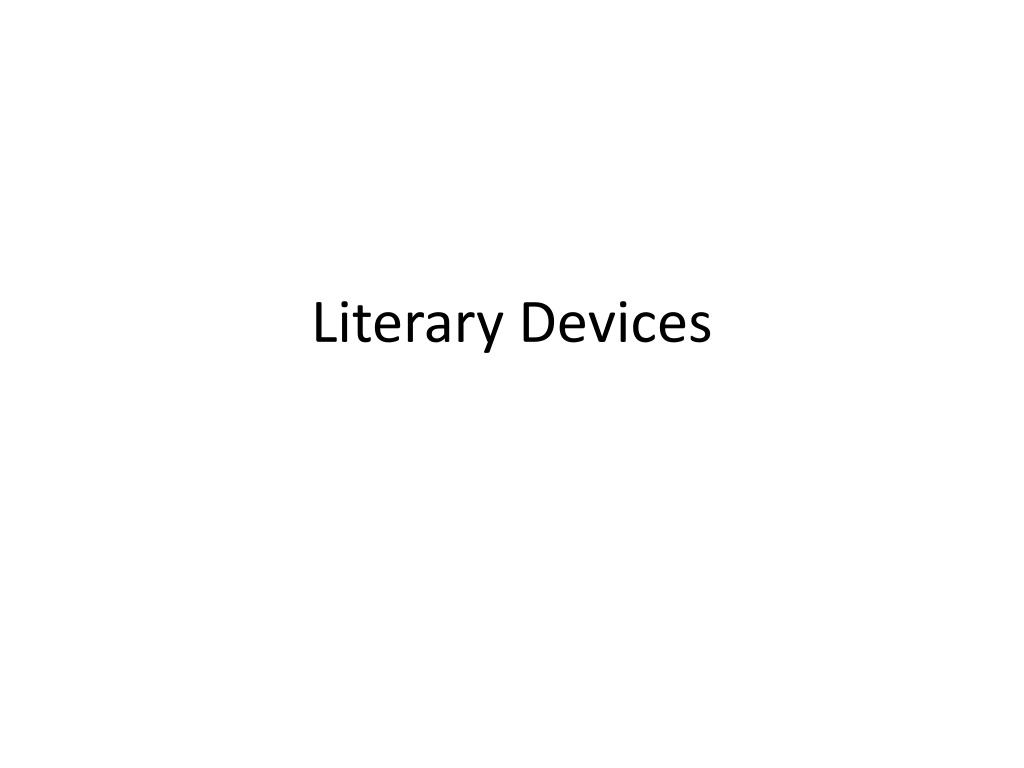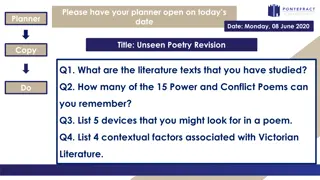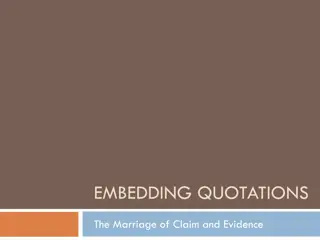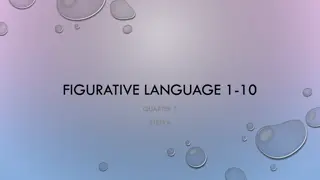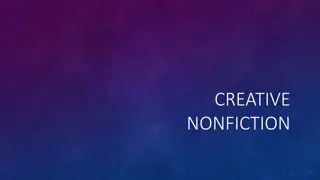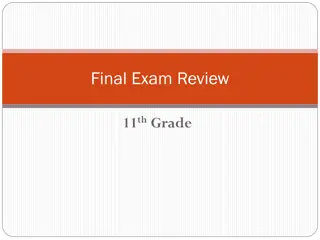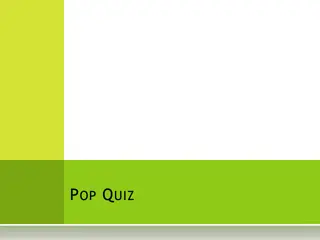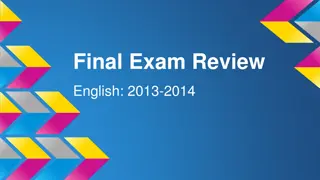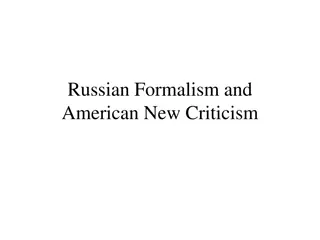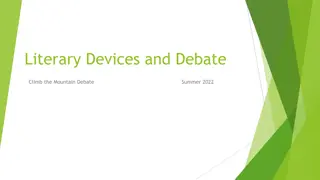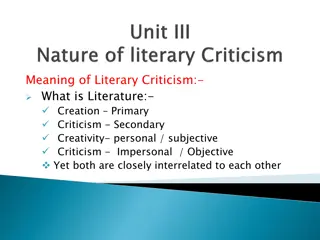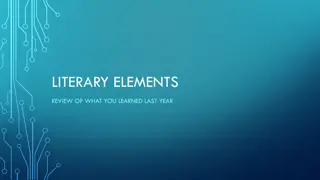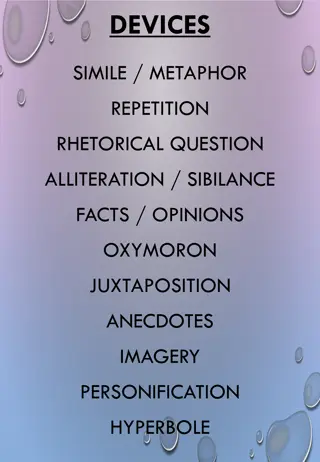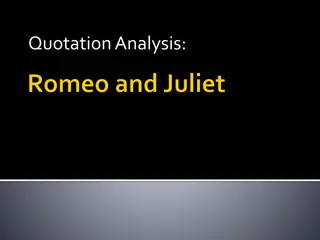Exploring Literary Devices: A Comprehensive Guide
Delve into the world of literary devices with this comprehensive guide. From figurative language to alliteration, idioms to hyperbole, and more, learn how writers use these techniques to enhance their storytelling. Explore examples and visual representations to deepen your understanding of concepts like personification, simile, and metaphor. Discover the differences between simile and metaphor, and how each adds depth and creativity to written works.
Download Presentation

Please find below an Image/Link to download the presentation.
The content on the website is provided AS IS for your information and personal use only. It may not be sold, licensed, or shared on other websites without obtaining consent from the author. Download presentation by click this link. If you encounter any issues during the download, it is possible that the publisher has removed the file from their server.
E N D
Presentation Transcript
Figurative Language A way of using words to make imaginative connections in the reader's "inner eye." These connections can be called images
Alliteration: the repetition of usually initial consonant sound in two or more neighboring words The Wicked Witch of the West went her own way. (The W sound is highlighted and repeated throughout the sentence.)
Idiom: (add to your notes) Idiom: A saying that does not make literal, logical or grammatical sense. People within the culture do understand the meaning. Example: Don t let the cat out of the bag. Meaning: Don t tell anyone the surprise. Example: It s raining cats and dogs. Meaning: It is raining really hard.
Hyperbole: an exaggeration or figure of speech not intended to be taken literally. I thought my head was going to explode, my headache was so intense. I laughed so hard to I thought my side would split.
Personification: Giving life-like characteristics or qualities to inanimate objects. The raging winds The wise owl The fire flames danced on the wall
Simile: A comparison using like or as NOT a description using like or as He is like a mouse in front of the teacher .
Metaphor: A comparison. (something IS something else) NOT a just a description Henry was a lion on the battlefield . This sentence suggests that Henry fought so valiantly and bravely that he embodied all the personality traits we attribute to the ferocious animal. This sentence implies immediately that Henry was courageous and fearless, much like the King of the Jungle.
The difference between Simile and Metaphor A simile compares two things using the word like or as. Simile: My father grumbles like a bear in the mornings. A metaphor also compares two things, but it does not use the word like or as. Metaphor: My father is a bear in the mornings.
Symbolism (add to your notes) Symbolism: Using something to represent something else. Example: A crown represents royalty. Example: A seal represents a person of power. Example: The heart represents love and admiration.
Sensory Description: Using the 5 senses to describe something in great detail. (taste, touch, smell, sight, sound) Touch Smell Taste Senses Sight Sound
